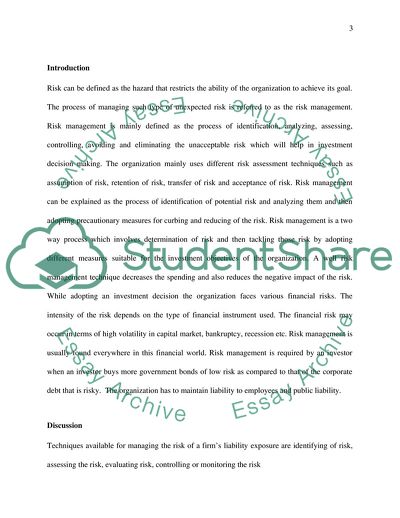Cite this document
(Essentials of Risk Management in Finance Essay Example | Topics and Well Written Essays - 1500 words - 2, n.d.)
Essentials of Risk Management in Finance Essay Example | Topics and Well Written Essays - 1500 words - 2. https://studentshare.org/management/1848886-risk-management
Essentials of Risk Management in Finance Essay Example | Topics and Well Written Essays - 1500 words - 2. https://studentshare.org/management/1848886-risk-management
(Essentials of Risk Management in Finance Essay Example | Topics and Well Written Essays - 1500 Words - 2)
Essentials of Risk Management in Finance Essay Example | Topics and Well Written Essays - 1500 Words - 2. https://studentshare.org/management/1848886-risk-management.
Essentials of Risk Management in Finance Essay Example | Topics and Well Written Essays - 1500 Words - 2. https://studentshare.org/management/1848886-risk-management.
“Essentials of Risk Management in Finance Essay Example | Topics and Well Written Essays - 1500 Words - 2”. https://studentshare.org/management/1848886-risk-management.


